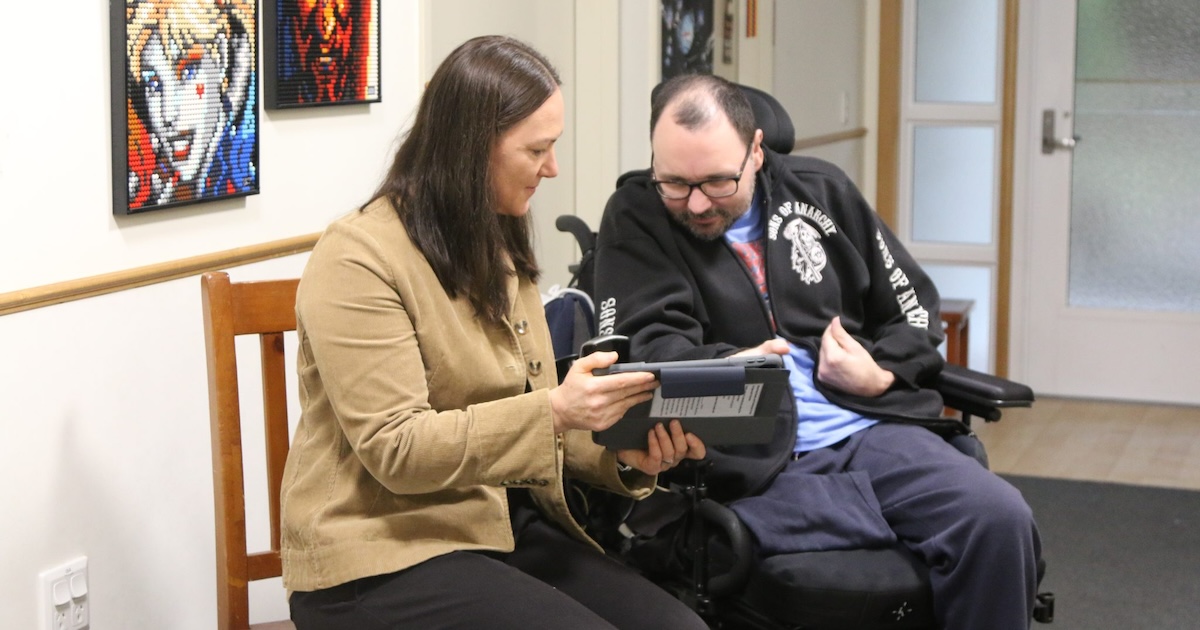Young people are driving the digital healthcare market with demands for mobile and virtual services, according to an Accenture survey of 1,036 consumers (ages 18+) in Australia.
Digital options are gaining popularity, with more than a fifth (21 percent) of all respondents have used some form of virtual care -- up from just 12 percent in 2018.
Furthermore, the survey found nearly a quarter of respondents (23 percent) had already arranged on-demand health services through mobile apps or online tools.
Demand for online access to electronic medical records (EMRs) and the use of remote or telemonitoring devices to monitor and record health indicators are both on the rise, with the younger generation significantly more likely than baby boomers (ages 55 to 73) to be dissatisfied with in-person care.
“As more consumers make choices about their own healthcare, provider organisations must offer meaningful experiences that fulfil the needs of all generational groups,” Accenture Australia health practice innovation principal director Ian Manovel said in a statement.
Forty percent of all respondents have used walk-in or retail clinics for basic care needs, indicating non-traditional care methods have made inroads across all age groups.
Generation Z (ages 18 to 21 in 2019) and Millennials, (22 to 38) were also significantly more likely than baby boomers to be dissatisfied with wait times and speed of appointments, cost of the treatment, and effectiveness of the treatment.
Manovel explained the health and care providers who can deliver on patients’ expectations will be the ones to earn market share, navigate digital disruption and would be “strongly positioned” as the future quickly unfolds.
Consumer distrust in data sharing, poor digital health literacy and system interoperability problems are major challenges to the effectiveness and sustainability of Australia’s healthcare system, according to a September 2018 CSIRO report aimed at highlighting solutions.
Among the solutions CSIRO has proposed is to ensure AI-backed digital health initiatives use input data that is relevant to the intended target demographic.
The report suggested investing in digital and data infrastructure to ensure faster and more secure transferal of digital health data within health organisations.
The study also called for the development of strategies at the healthcare organisation level for a hybrid standards environment, namely aggregating data from a variety of systems.
As Australia goes through the digitisation of hospitals, moving away from paper into the digital environment, data-driven approaches will be key to informing system evaluation and redesign, improving flow through hospitals and delivering improved patient outcomes.
Moving towards the future, there’s potential for data-driven technology within areas such as telehealth, mobile health and genomics, as the intelligence derived from the data enables clinicians to prescribe healthcare that can be targeted to individual patients.
